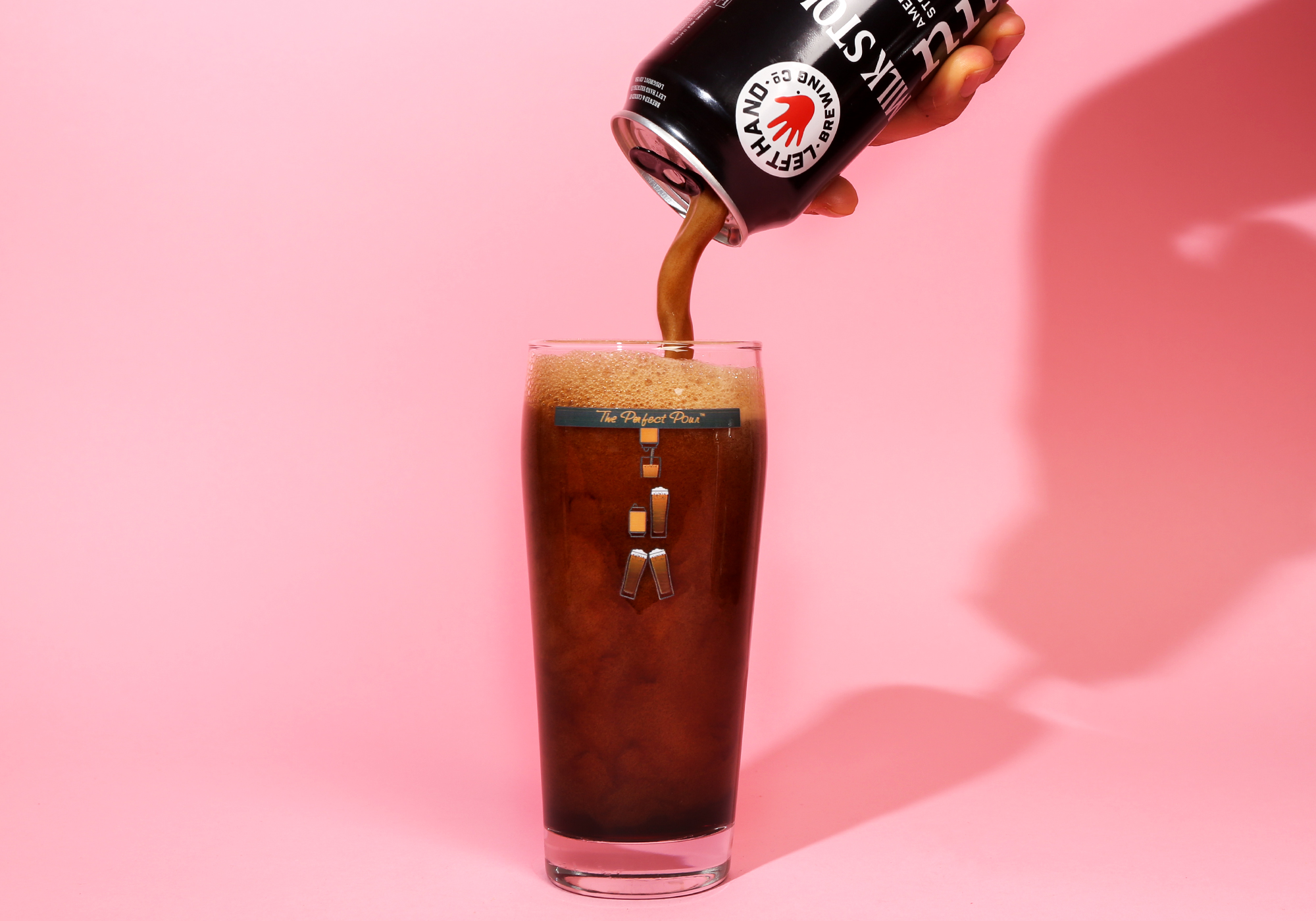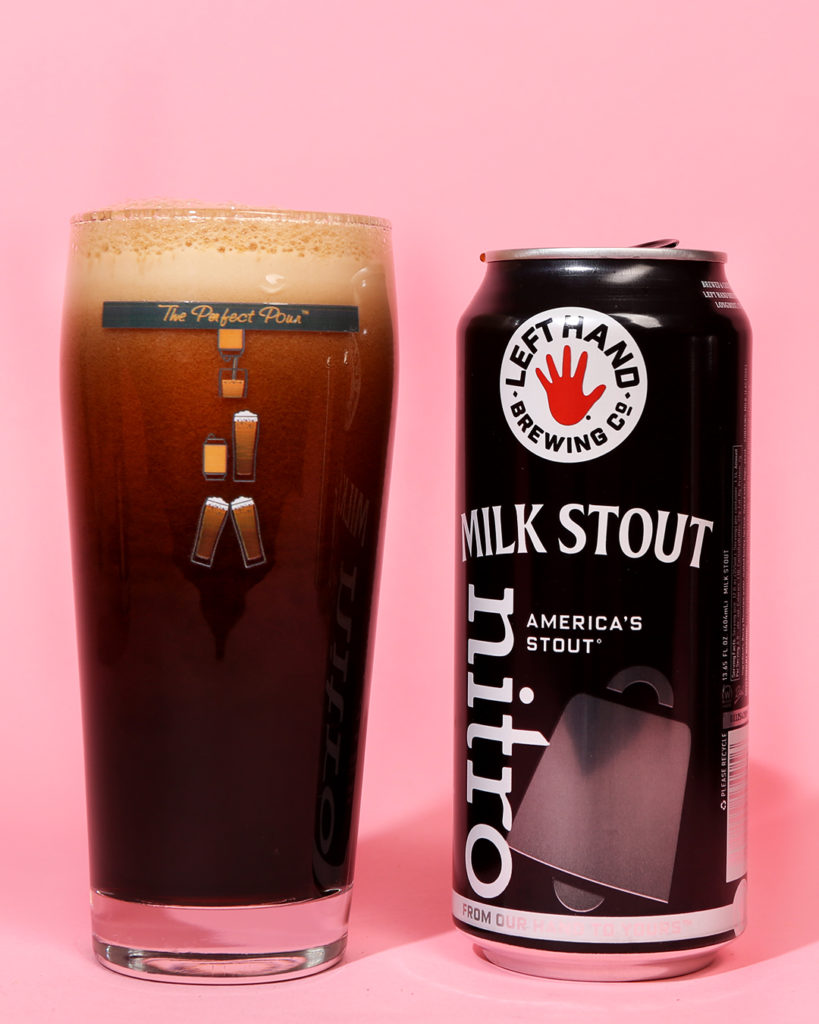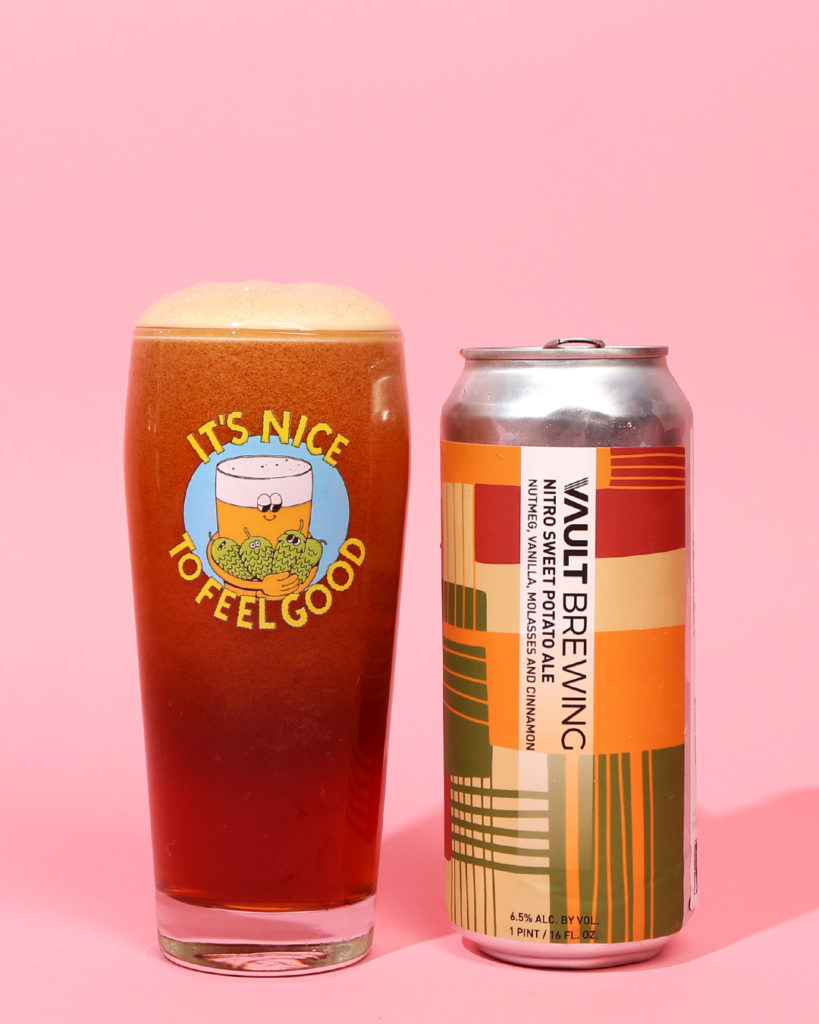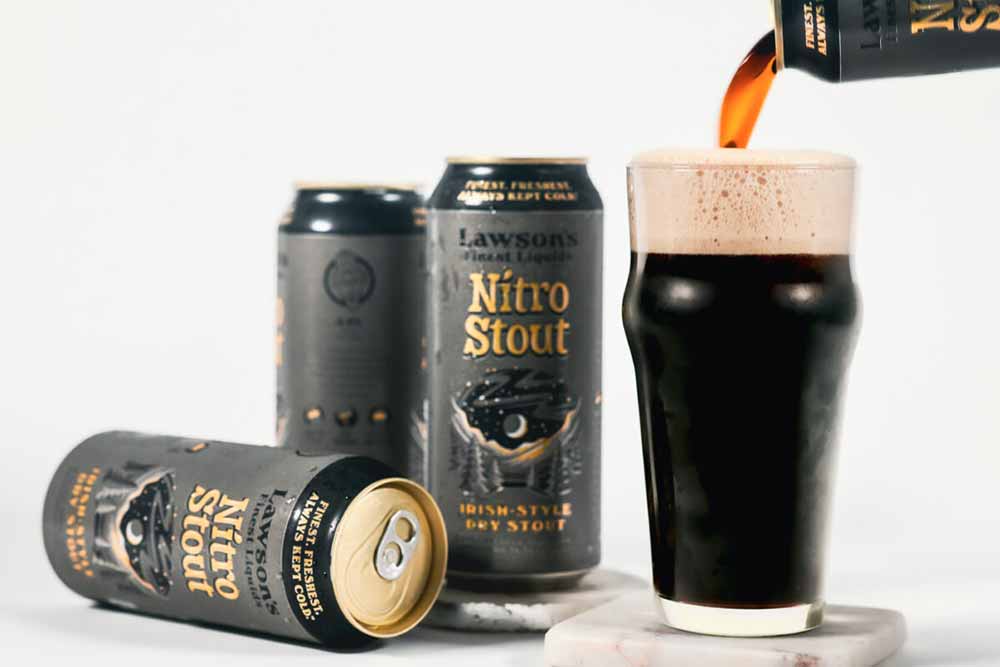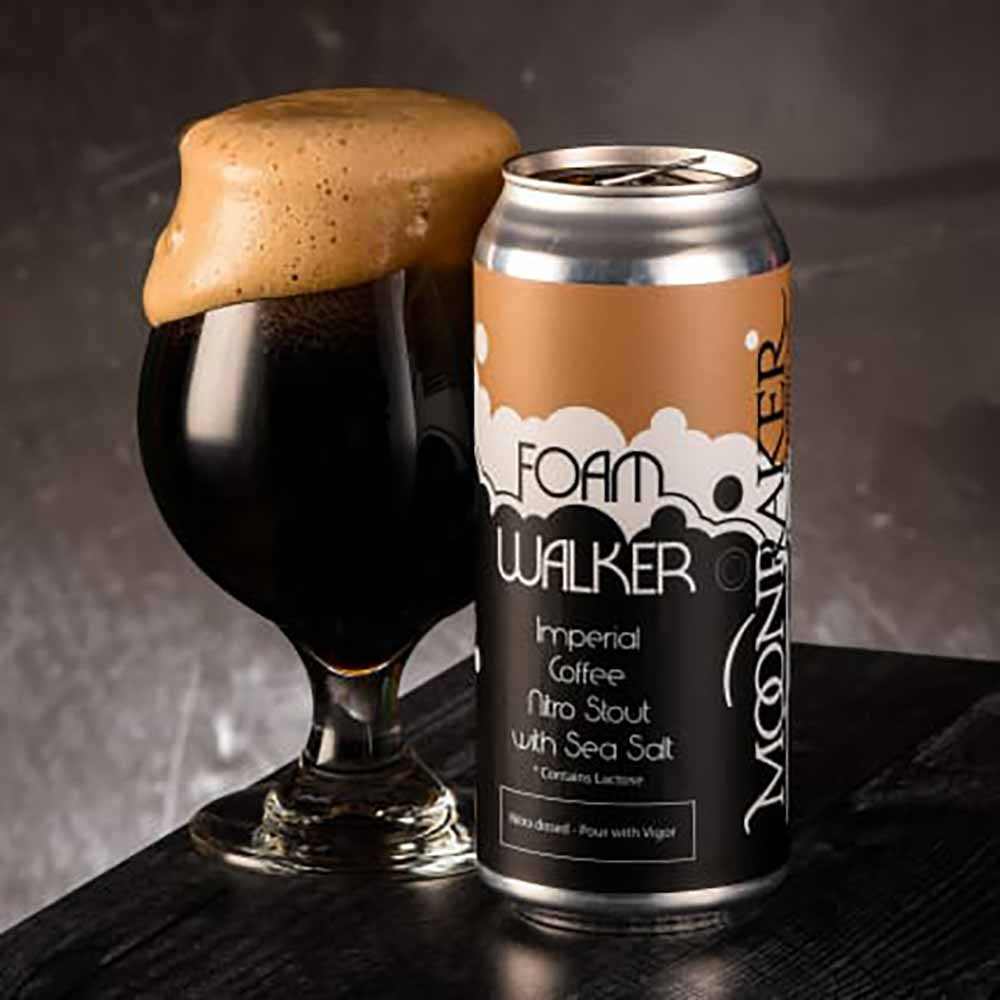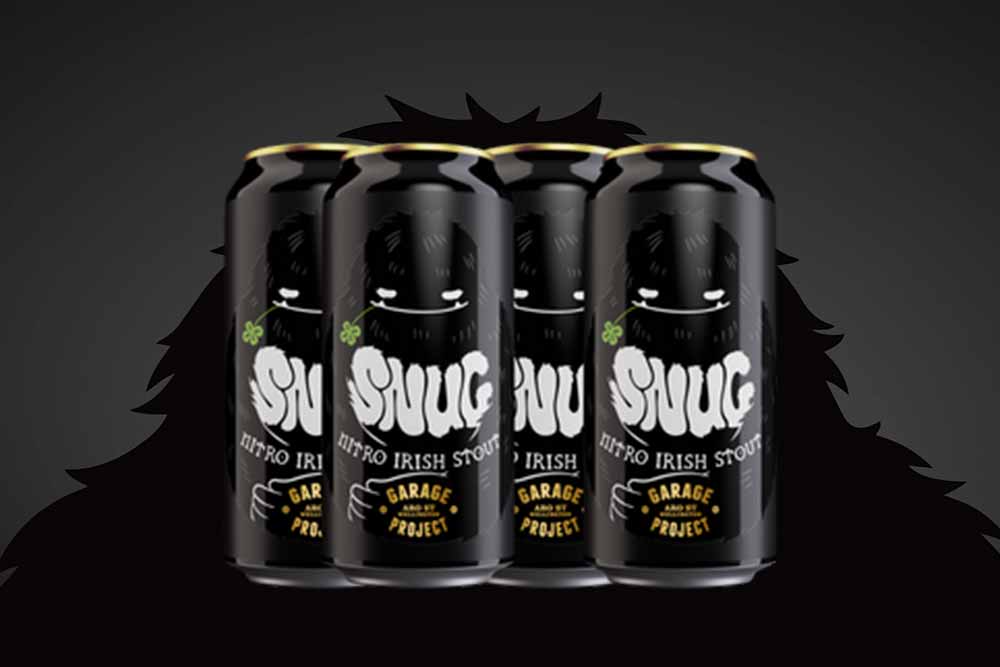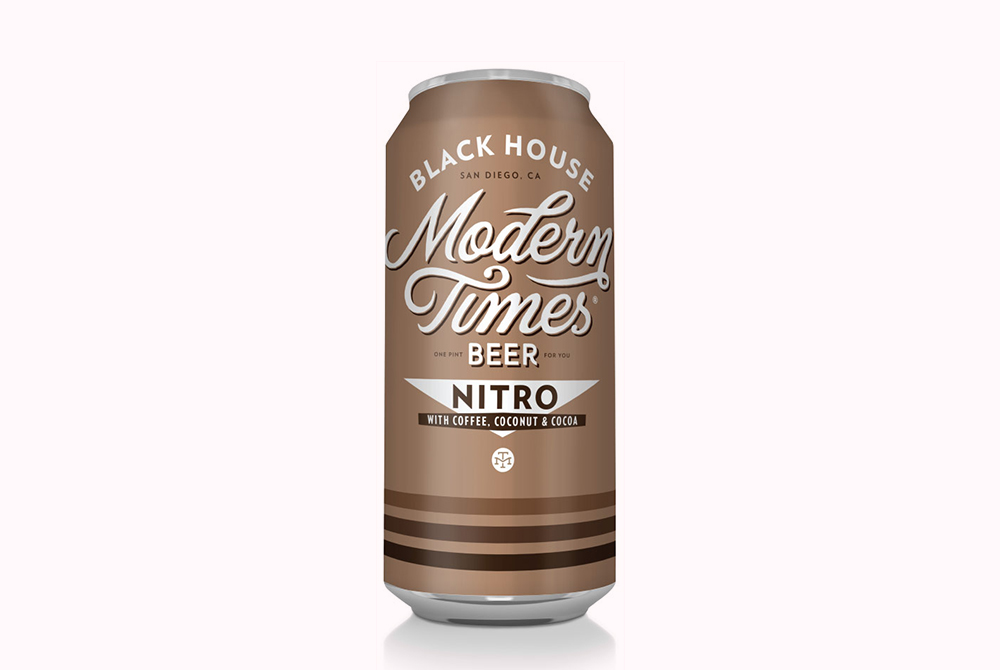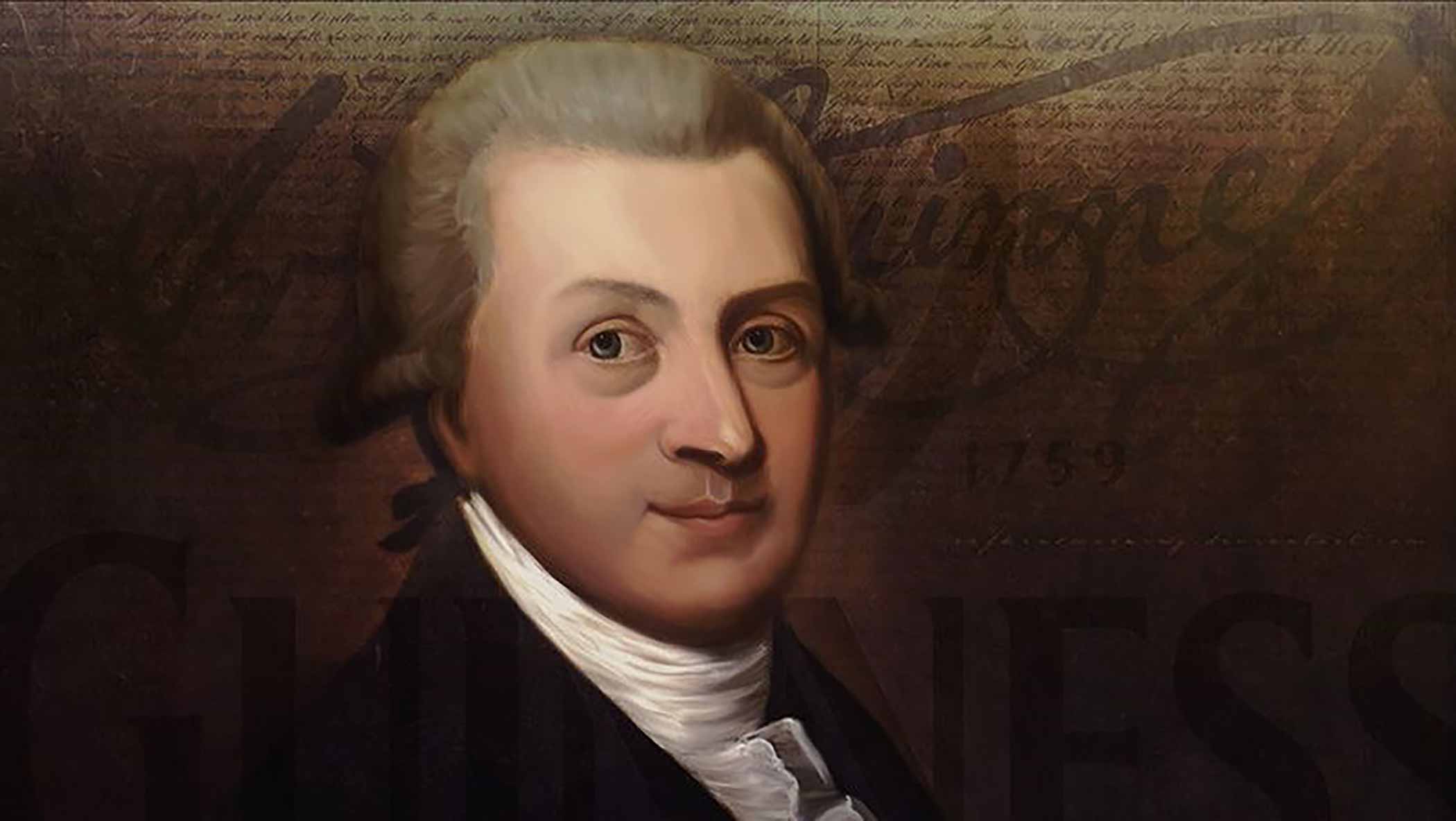Shop
What Exactly Is Nitro Beer?
A brief explainer on the history and modern uses of nitrogen beer.
Looking for more?
The Cult of Guinness: The Crazy History of One of the World’s Most Iconic Breweries
This is a paid, sponsored article presented by Chart Industries.
“Passing trends “ built this industry. Folks derided the rise of hazy IPAs or pastry stouts when they first entered the scene. While some developments in beer faded like black IPAs or glitter beer. “Nitro,” or nitrogenated, beer has been dubbed a fad at various points in history but has managed to stick around in modern drinking culture.
At this point, you’ve likely seen nitro pop up throughout the food and beverage world. One of the most pervasive uses of liquid nitrogen is in the world of coffee with nitro cold brew, the super creamy, near-ubiquitous feature in upscale coffee shops.
But the 265-year-old Guinness has become synonymous with introducing nitro to beer.
We’re diving headfirst into the world of nitro beer with the help of Chart Industries, leaders in the liquid nitrogen dosing industry.
The History of Liquid Nitrogen in Beer
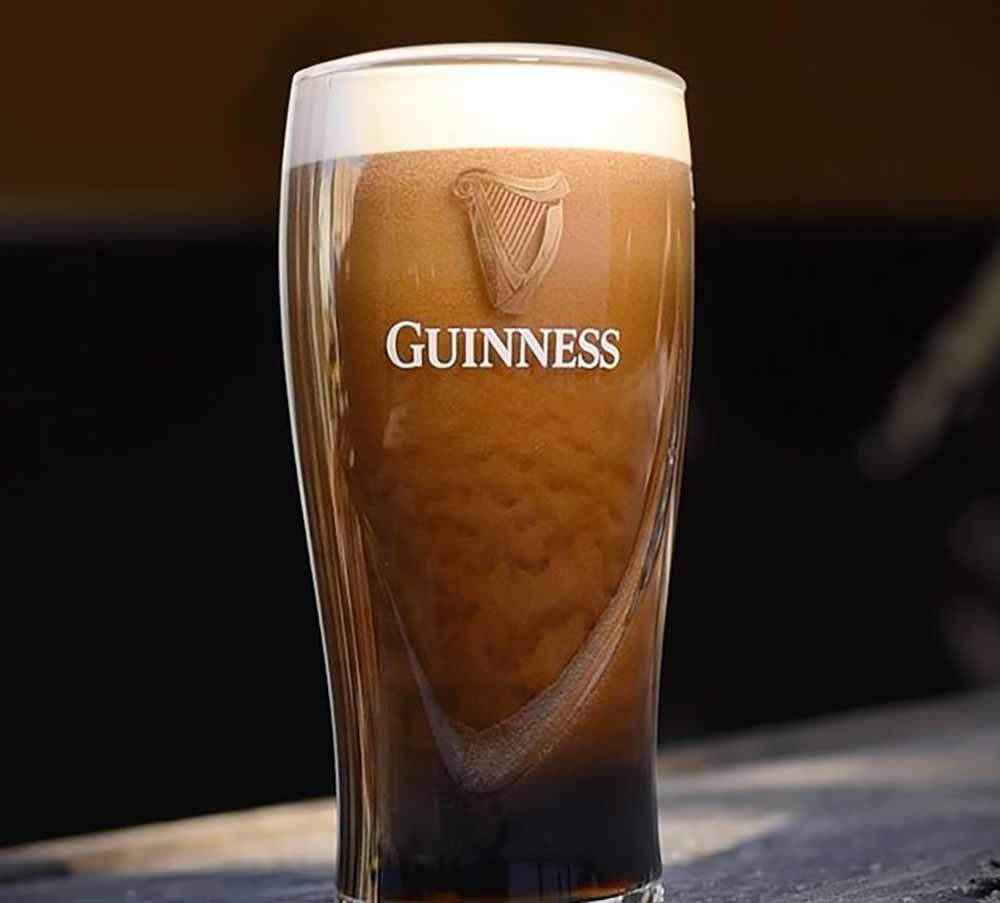
Photography courtesy of Guinness
Before we look at modern applications, it’s important to understand where nitro beer developed. Chart Industries had been experimenting with liquid nitrogen dosing since the ’80s. But, it was Guinness that popularized and proliferated nitro stouts.
“Nitrogen was originally designed as a way to mimic hand-pulled beers,” says James Cain, Joy Can Solutions Founder. Traditional European brewpubs would serve beer from casks and on draft. Rather than being pushed out of a keg with CO2, the cask ale gets pumped out manually. Traditionally, cask ale has a smooth, full texture, and because there’s no interaction with CO2, the beer will go flat pretty quickly. While this method was prevalent and remains in use, it requires human interaction and on-site consumption. You can’t exactly bottle up cask ale and enjoy it at home.
So, to recreate this experience, Guinness began experimenting with nitrogenating their beers. And eventually, develop nitro-bottled and canned beer.
Cain looks to Guinness as the godfather of the nitro beer practice. Not only was Guinness interested in the flavor benefits of nitrogenated beer, but the brewery also sought a way to create consistency. Anectodally, serving cask ale required work of the pub. There were instances in the long history of cask ale where breweries would send “unfinished” beer to a pub, and on-site cellarmen would finish fermenting the beer before serving. Understandably, this could lead to instances of human error. Nitrogen could be an excellent way to prevent that.
“Breweries like Guinness have used nitrogen as a way of ensuring consistency from pint to pint,” Cain says.
Liquid nitrogen is commonly used in packaging, for instance, in the broader food and beverage industries, and its uses in craft beer have developed significantly over the past few years.
The Science Behind Nitro Beer
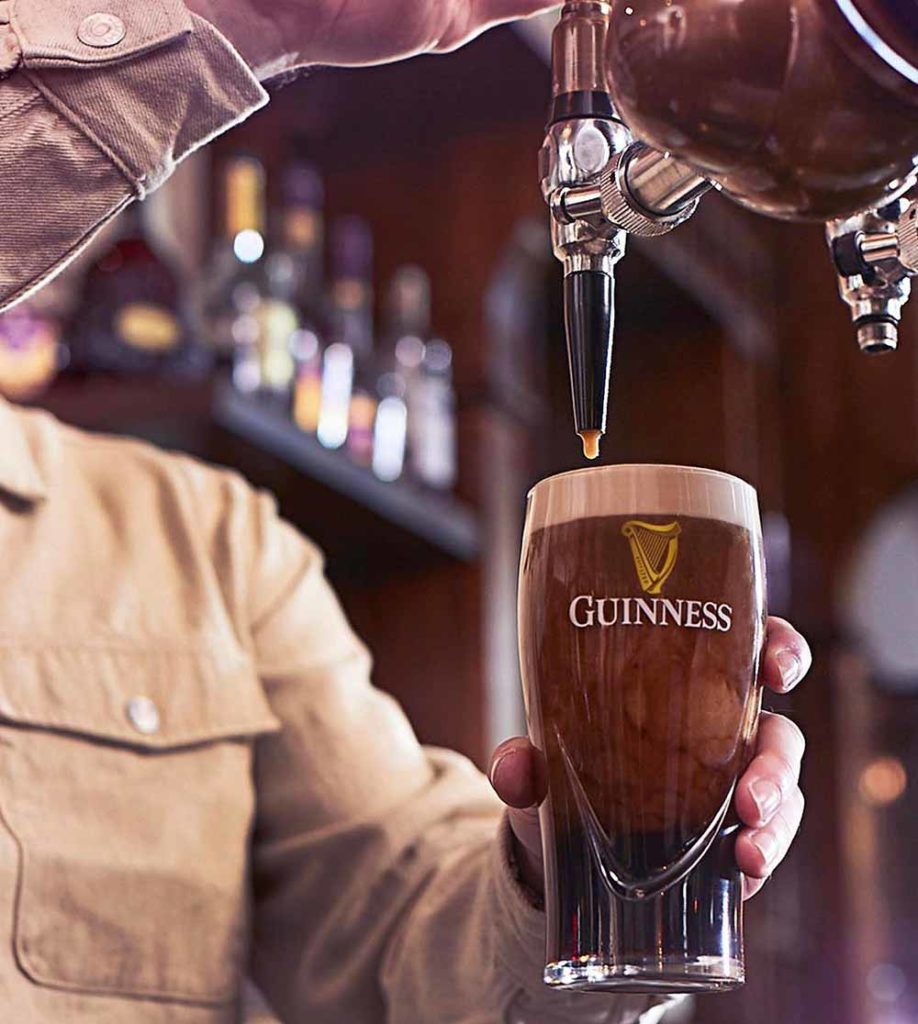
Photography courtesy of Guinness
But how does liquid nitrogen actually work?
“Nitrogen is very insoluble in liquid,” Cain states. “To get it to dissolve, you need to pressurize it, and you need to keep it cold.”
So, to serve nitro beer on draft, you need pressure. Nitro beers are nitrogenated either before packaging in pressure-sealed kegs or in-line on the way to a draft system. Dedicated nitro drafts feature a restrictor plate, forcing the beer through tiny holes and allowing the dissolved N2 gas in the beer to escape quickly. This creates a stunning cascade effect that forms immediately in the glass.
If you’ve ordered a nitro beer, you’ll likely recall that whirlpool effect—tiny bubbles dancing in a typhoon of a creamy dark stout. Because the glass is not pressurized or cold enough, nitrogen is trying to escape. And, the fastest way out is down. So, nitrogen rushes down, fluffy, fragrant foam forms up top, and then nitrogen escapes up and out the sides of your glass. It’s a stunning visual effect that leaves you with a glass of frothy beer.
To recreate that experience in a packaged product, Guinness placed a widget in its bottles and cans. When Guinness infused liquid nitrogen into its stout while packaging, nitrogen rushed into the widget and stayed relatively well-pressurized. But, when you open that can of Guinness, pressure drops, and the nitrogen escapes from the widget. (You’ll likely hear a pop when you open a nitro beer.) And, with a hard pour, you can create that swirling nitro beer effect as the nitrogen dances down and out of your glass.
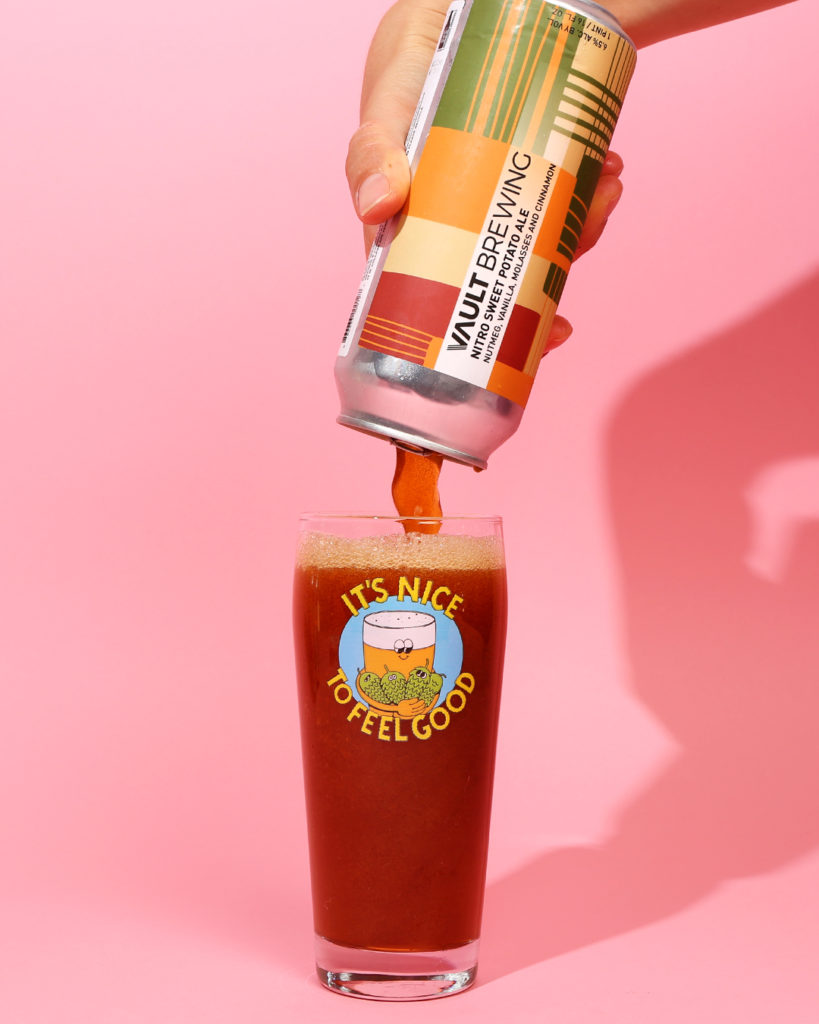
Photography courtesy of John A. Paradiso | Hop Culture
Over the years, liquid nitrogen dosing has improved, so the widget isn’t necessary for packaged beers. In fact, folks like James Cain at Chart Industries helped to develop dosing techniques that create a more precise packaged product. Brewers can simply dose their beer on the packaging line without needing a widget. Consumers pop open the beer, “hard pour” their beer, and, voila, lush nitro beer in a glass.
What’s the Future of Nitro Beer?
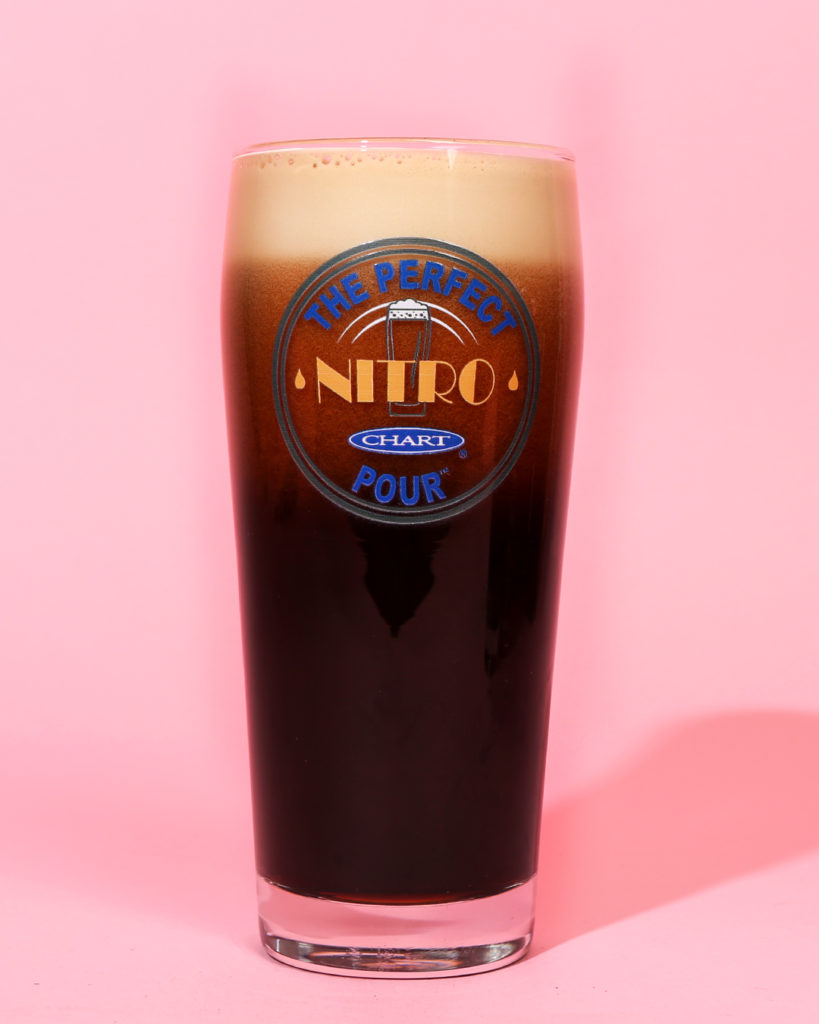
Photography courtesy of John A. Paradiso | Hop Culture
It’s true that nitro beer hasn’t caught on in the same way that hazies have. Though, the similarities in lush mouthfeels and engaging visuals are remarkable. There are still those who continue to beat the drum of nitro beer.
Breweries like Guinness, and more recently Left Hand, popularized nitro beer in stout form. But, there’s been a recent push toward experimenting with liquid nitrogen beyond the world of dark beer.
“Traditionally, liquid nitrogen was only used in stout and porters,” says Christina Marrick, Chart Industries’ Business Development Manager. “But now you’re seeing IPAs, reds, browns, cream ales, and even the occasional lager; there are a lot of options.”
Liquid nitrogen can serve as a packaging solution for brewers making a variety of styles. Using nitrogen dosing has even been an effective way to extend the shelf life of beer and manage dissolved oxygen.
But, the flavor effects of liquid nitrogen dosing could fit in with the current trend of milkshake IPAs, fruited sours, and dessert-forward stouts. That creaminess plays well with these full-bodied styles that don’t prioritize “clean” flavors.
Moreover, Marrick pointed to potential CO2 shortages in the industry remarked upon during the global pandemic. If brewers seek an alternative to CO2, liquid nitrogen might be a good fit.
Hop Culture’s Favorite Nitro Beer
Guinness is undeniably the OG king of nitro beer, but we’ve found a few craft nitro beers that we’ve thoroughly enjoyed.
Milk Stout Nitro — Left Hand Brewing
Longmont, CO
Left Hand Brewing took the torch from Guinness and has helped lead the pack of nitro beer in the craft landscape. Milk Stout Nitro, a classic example of the style, features that traditional creamy foam with a robust chocolate flavor. Left Hand has also dabbled with liquid nitrogen in other styles but Milk Stout Nitro.
Nitro Sweet Potato Ale — Vault Brewing Co.
Yardley, PA
Founded by Cain, who has been a leader in the liquid nitrogen space in craft beer, Vault Brewing Co. has its own nitro beers. After developing dosing techniques for his brewery, he joined the Chart Industries team and continued innovating in the category.
Nitro Sweet Potato Ale from Vault is a delectable fall treat. Brewed with roasted sweet potatoes, Madagascar vanilla, cinnamon, nutmeg, molasses, and milk sugar, this is like autumn in a can. And the nitro dosing adds a warming creaminess to this sweet potato ale.
Nitro Obsidian Stout — Deschutes Brewery
Bend, OR
Described by Deschutes as “A stout as black as the nearby volcanic flow from which it is named,” Obsidian Stout’s deep, dark depths are perfect for the nitro treatment. Roasted malt and barley add toastiness and layers of espresso and chocolate that luxuriously unfold on your tongue, courtesy of the nitro.
Nitro Stout — Lawson’s Finest Liquids
Waitsfield, VT
What started as a taproom-only special that quickly became a cult favorite, Nitro Stout gets a dose of liquid nitrogen during the packaging to create an extra-foamy, pleasurably creamy dry Irish stout. Originally named after Lawson’s Finest Co-Owner Sean Lawson’s grandmother, Isobell McPeake, who came to the States from Ireland, McPeake’s Nitro Stout shortened to just Nitro Stout when it recently went into cans.
Expect big notes of roasted coffee and dark chocolate. “To best enjoy Nitro Stout from a can,” writes Lawson’s Finest, “we encourage beer lovers to gently shake the can, crack it open, pour vigorously into an imperial pint, and enjoy!”
Foam Walker — Moonraker Brewing Company
Auburn, CA
Coffee, vanilla, a touch of sea salt, foam? Sounds like a walk through paradise. Which is precisely what you’ll get with Moonraker’s imperial coffee stout called Foam Walker. Even better, Moonrakers nitrogenates this beer for that super creamy, dreamy texture you’d look for in, say, a cappuccino. Instead, you get it in this beer!
Snug — Garage Project
Wellington City, Wellington, New Zealand
A beloved dry Irish stout from this New Zealand-based brewery, Snug gets a dose of nitro in the can for a super creamy, dreamy pour. As it says on the brewery’s Untappd page, “Just give it a couple of shakes, crack the lid, pour vigorously into a glass, and sit back with a grin while a cascade of tiny nitrogen bubbles slowly rises to form a creamy head atop this silky smooth, pitch black stout. Sláinte.”
Nitro Black House — Modern Times Beer
San Diego, CA
Modern Times took its standard oatmeal stout up a notch with a heavy dose of coconut and cocoa nibs as well as some liquid nitrogen. The result is an uber-creamy stout with lovely tropical chocolate flavors. It’s lush, luxurious, and perfect for summertime sipping or enjoying in the cold months of winter.
This is a paid, sponsored article presented by Chart Industries.
Liked this article? Sign up for our newsletter to get the best craft beer writing on the web delivered straight to your inbox.

